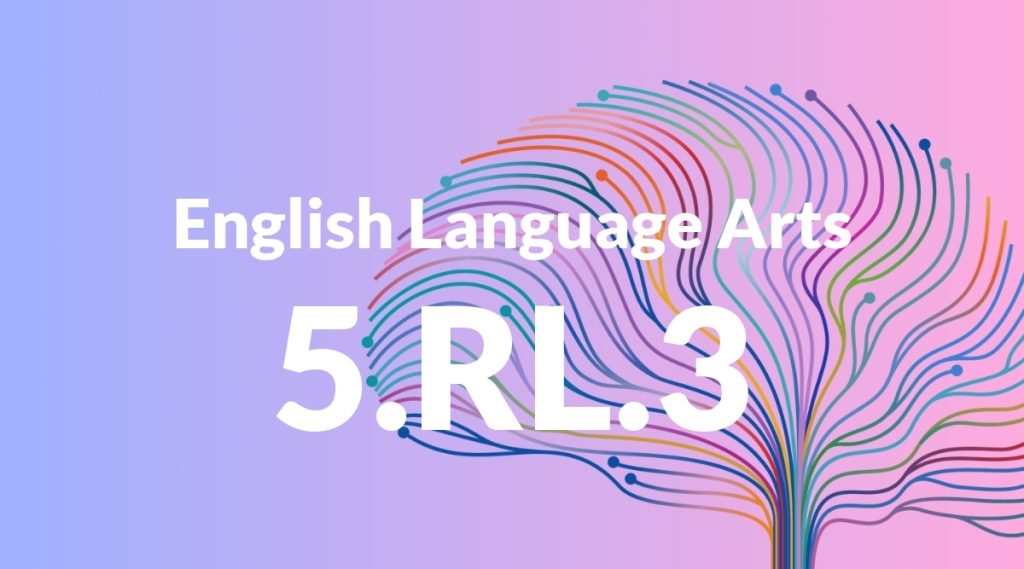Standard: 5.RL.3 – Compare and contrast two or more characters, settings, or events in a story or drama, drawing on specific details in the text (e.g., how characters interact).
Grade level: Grade 5
Subject: English Language Arts
Domain: Reading: Literature
Teacher Overview
This standard focuses on developing students’ ability to compare and contrast characters, settings, and events in literature. This skill is crucial for deep comprehension and critical analysis of texts, enabling students to understand and appreciate the nuances of storytelling. Students need to be familiar with basic narrative elements like character, setting, and plot. They should also have experience identifying and describing these elements in simple texts.
Students will be able to engage in more advanced literary analysis, including understanding themes and character motivations, and will be prepared for more complex writing assignments and discussions.
Common Misconception 1
Students may think that comparing characters only involves their appearances, which overlooks the deeper aspects of character analysis such as motivations, actions, and development.
Intervention 1
Use character maps and charts that focus on characters’ actions, thoughts, and feelings. Encourage discussions that delve into why characters behave in certain ways.
Common Misconception 2
Students might believe that settings are solely the physical locations in a story, missing out on the broader context that includes time period, social conditions, and cultural environment.
Intervention 2
Use graphic organizers to explore different dimensions of settings. Discuss how the time period, social context, and environment affect the story and characters.
Prerequisite Knowledge
Students should have a basic understanding of narrative elements such as character, setting, and plot. They should also be able to identify and describe these elements in simple texts.
Subsequent Knowledge
After mastering this standard, students will be able to analyze more complex texts, understanding deeper themes and character motivations. They will also be able to write more insightful literary essays and engage in more sophisticated literary discussions.
Instructional Activities
- Create character comparison charts
- Role-play different characters in a story
- Use Venn diagrams to compare settings
- Write essays comparing events in a story
- Group discussions on character interactions




